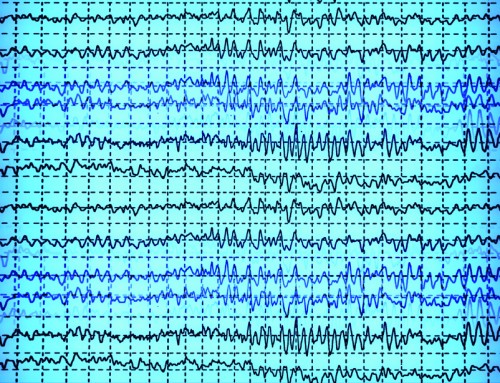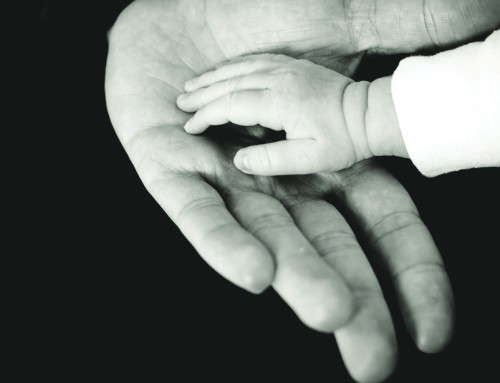Project Description
Challenge
Children usually aren’t diagnosed with FASD until they are school-aged, which means they miss out on early intervention. Dr. James Reynolds (Queen’s University) and his team have been working to develop a new tool that would identify young children who are at risk of FASD so that they can access support sooner.
Project Summary
The team used the Eyelink 1000, a state-of-the art eye tracker, to measure a child’s eye movement behaviours. Tracking eye movements is a way to assess sensory, motor, and cognitive function, all of which are impaired areas in children with FASD. The data collected by the Eyelink 1000 is stored and used to train a machine-learning classification algorithm (known as a classifier). The team is working to refine the algorithm so that it’s able to differentiate between children at-risk of FASD and typically developing children with a high degree of accuracy.
Result
The Eyelink 1000 was used to collect information on eye movement behaviours in young children ages 8 to 80 months who were in the child welfare system, many of whom had a positive history of prenatal drug and alcohol exposure. The team compared this data to that of typically developing children from the community. There were differences in eye movement behaviours between children prenatally exposed to drugs and alcohol and controls. However, the team also identified differences between the child welfare population and typically developing controls. In other words, even children in the child welfare system who did not experience prenatal exposure to alcohol were distinct from controls. This finding suggests children in the child welfare system are at risk of developmental delay or developing a brain injury. This work is being used as a catalyst to change policy and practice within the child welfare system.
The team is also working towards doing a prospective study, where children referred for a new FASD assessment would also be tested using an EyeLink 1000.
The ultimate goal of this project is to validate the eye-tracking tool as a low-cost, easy-to-deliver option to detect brain injury associated with prenatal alcohol exposure in young children.
Funding
This subproject was part of the larger “FASD: Early Life Adversity, Outcomes and Secondary Intervention and Prevention.” The FASD program was funded a total of $1,205,381 from the Kids Brain Health Network and $2,148,667 from participating partners.
Team
James Reynolds, Queen’s University
Partners
Children’s Aid Society of Toronto
SR Research Inc







